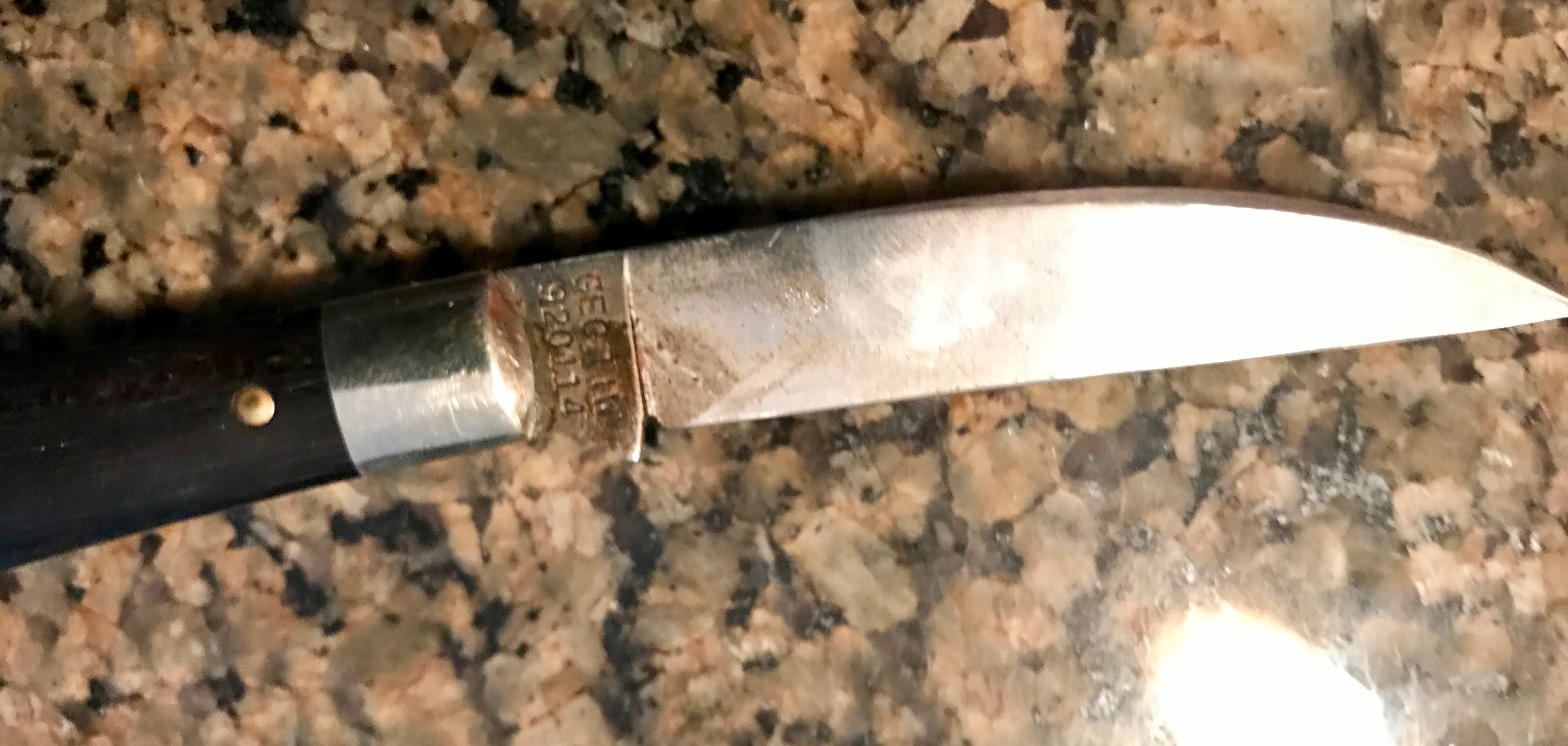- Joined
- Nov 30, 2016
- Messages
- 3,089
I am not a patina guy as you can probably tell from my photos? Below are photos of my 92 Talon after taking it on the boat with me this weekend. I have no idea how this got patina, especially just from the tang to about a third of the blade? Where does patina come from? I did not slice any food. Is it possible the salt water environment could have caused this?






